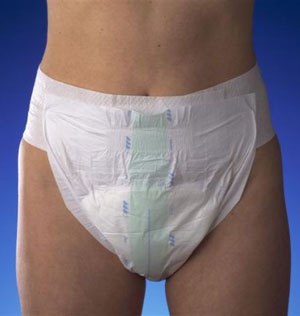Wirral Surgeon - Bowel (faecal) incontinence is the inability to control the release of flatus and/or stool. It is a common problem, especially in older people, and is said to affect around 2% of the population.
Condition treated
The most important point to remember is that everyone with a bowel problem can be helped and many can be completely cured.
It is never too late to get help with your bowel problems. If you would like some advice on how to approach your GP regarding your bowel problem do get in touch.

Bowel Incontinence
Bowel (faecal) incontinence is the inability to control the release of flatus and/or stool.
It is a common problem, especially in older people, and is said to affect around 2% of the population.
Bowel Incontinence
Bowel (faecal) incontinence is the inability to control the release of flatus and/or stool.
It is a common problem, especially in older people, and is said to affect around 2% of the population.

Causes
More than one cause for bowel incontinence is frequently present. It's also not unusual for bowel incontinence to occur without a clear cause.
The most common causes of bowel incontinence are:
Diagnosis
Stool testing
If diarrhoea is present, stool testing may identify an infection.
Endoscopy
This identifies any potential problems in the anal canal or rectum/colon. A short, rigid tube (proctoscopy) or a longer, flexible tube (sigmoidoscopy or colonoscopy) may be used.
Anorectal manometry
A pressure monitor is inserted into the anus and rectum. This allows measurement of the strength of the sphincter muscles.
Endosonography
An ultrasound probe acquires images that can help identify problems in the anal sphincter and rectal walls.
Nerve conduction tests
These tests measure the responsiveness of the nerves controlling the sphincter muscles and can detect nerve damage that can cause bowel incontinence.
Defaecating proctogram and/or MRI defecography
These can provide information about the muscles and supporting structures in the anus, rectum, and pelvis.
Treatment
Bowel incontinence is usually treatable and, in many cases, it can be cured completely. Often, more than one type of treatment might be required.
Non-surgical methods are often the first step in treating bowel incontinence.
Surgical methods are generally reserved for cases not responding to medical management.